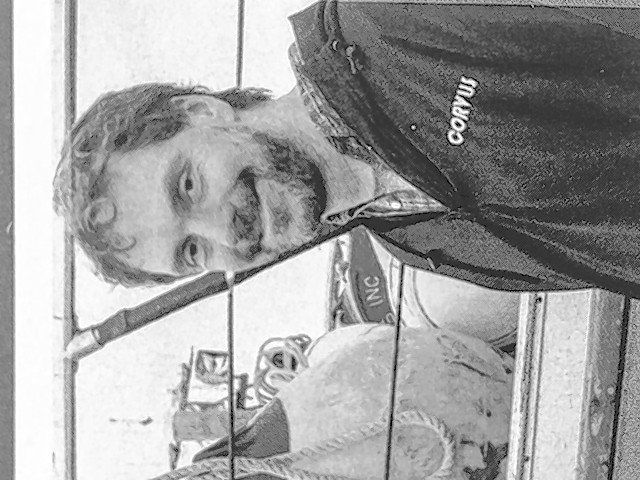As stated in its Annual Report, Cook Inlet Aquaculture Association (CIAA) is a non-profit regional association which exists to:
(1) Protect self-perpetuating salmon stocks and habitat upon which they depend;
(2) Rehabilitate self-perpetuating salmon stocks;
(3) Rehabilitate salmon habitat; and
(4) Maximize the value of the Cook Inlet (Area H) common property salmon resource by applying science and enhancement technology where appropriate.
To accomplish this mission the Board of Directors of Cook Inlet Aquaculture Association will:
Seek protection of salmon habitat through active participation (testimony, committee work, data input, etc.) in planning, permitting and enforcement processes.
Conduct salmon rehabilitation and enhancement projects which can be expected to significantly contribute to common property fishery harvests. An average rate of 50% in the common property fishery is the acceptable standard for “significant contribution.” This standard does not apply during project development or to projects designed solely for cost recovery harvest.
Conduct evaluation activities which increase the effectiveness of project implementation.
Engage in research which advances the state of enhancement/ rehabilitation technology.
Be sensitive to the interests of those harvesting the Area H common property salmon resource.
Educate the public about the salmon resource and the mission, goals and projects of the Association.
Maintain the highest standards of financial responsibility and accountability for the funds entrusted to it.
Maintain facilities, administrative practices and personnel policies which require and encourage its staff to perform in a safe, professional and cost effective manner.
Comply with all statues and regulations governing private nonprofit aquaculture activities in the State of Alaska.
Participate, within the limits for tax-exempt corporations, in the development of legislation and regulation relevant to attainment of the mission.
A twenty eight member Board of Directors is tasked with fulfilling the mission and goals. Five of the board seats are elected by Cook Inlet (Area H) Permit Holders. This includes Upper Cook Inlet Drift Permits, Lower Cook Inlet Seine Permits and Cook Inlet Set Net Permits. Twelve board seats represent six Kenai Peninsula fishing associations. One board seat each to the Cities of Kachemak, Seward, Homer, and Municipality of Anchorage, one each to the Kenai and Matanuska-Susitna Boroughs, two processor seats and one each to Cook Inlet Region, Inc. and Port Graham/Nanwalek. The board members are all volunteers, community members and likely your friends and neighbors. The Board meets annually in February and periodically from September to May to make important decisions on the many programs conducted by CIAA. The meetings are held on Saturdays and generally take up most of the day.
I hold a Lower Cook Inlet Seine Permit and am an alternate board member for CIAA. I seine out of Homer on the F/V Captain Cook. This past season I had a deckhand from Nanwalek who now lives in Homer, a deckhand from Port Graham and one from Nikolaevsk. We deliver fish to Homer. We repair our nets here, buy groceries, fuel and hardware. A lot of the fish we catch is produced by CIAA programs.
At the January 9 Homer City Council Meeting three council members voted in favor of Resolution 17-002 to “Support sustainable fisheries in Kachemak Bay through fisheries enhancement and habitat rehabilitation”. Even though the final vote was three to two in favor of the resolution it did not pass as that required four votes. It seemed that the contentious part of the resolution was supporting CIAA’s application to temporarily relocate some of the net rearing pens to the head of Tutka Bay which is within Kachemak Bay State Park. I’d just like to reiterate that the application is not sought to increase production of fish from the Tutka Bay Hatchery, but to rear fish that would otherwise be kept in Tutka Bay Lagoon. The 1995 State Park Management Plan identifies “Fish Enhancement Activities” as a compatible activity within the Natural Zone and is allowed with a permit. Similar to other permitted activities such a Commercial Water Taxis.
Fishermen, local contractors, ADF&G and other community members gave public comment in support of the resolution. I especially appreciated the testimony of a city employee who just started seining in Lower Cook Inlet to supplement his income. He pointed out that a short time ago the same City Council was looking at ways to cut the budget and discussing the need for additional revenue. The success of CIAA programs could really boost the local economy at minimal additional costs and I hope the City of Homer and the community at large can support this.
Malcolm Milne moved to Homer in 1995 and has been a commercial fishermen since then. Along with his wife and two daughters he owns and operates the F/V Captain Cook. He is President of the North Pacific Fisheries Association and an alternate to the CIAA Board of Directors.



